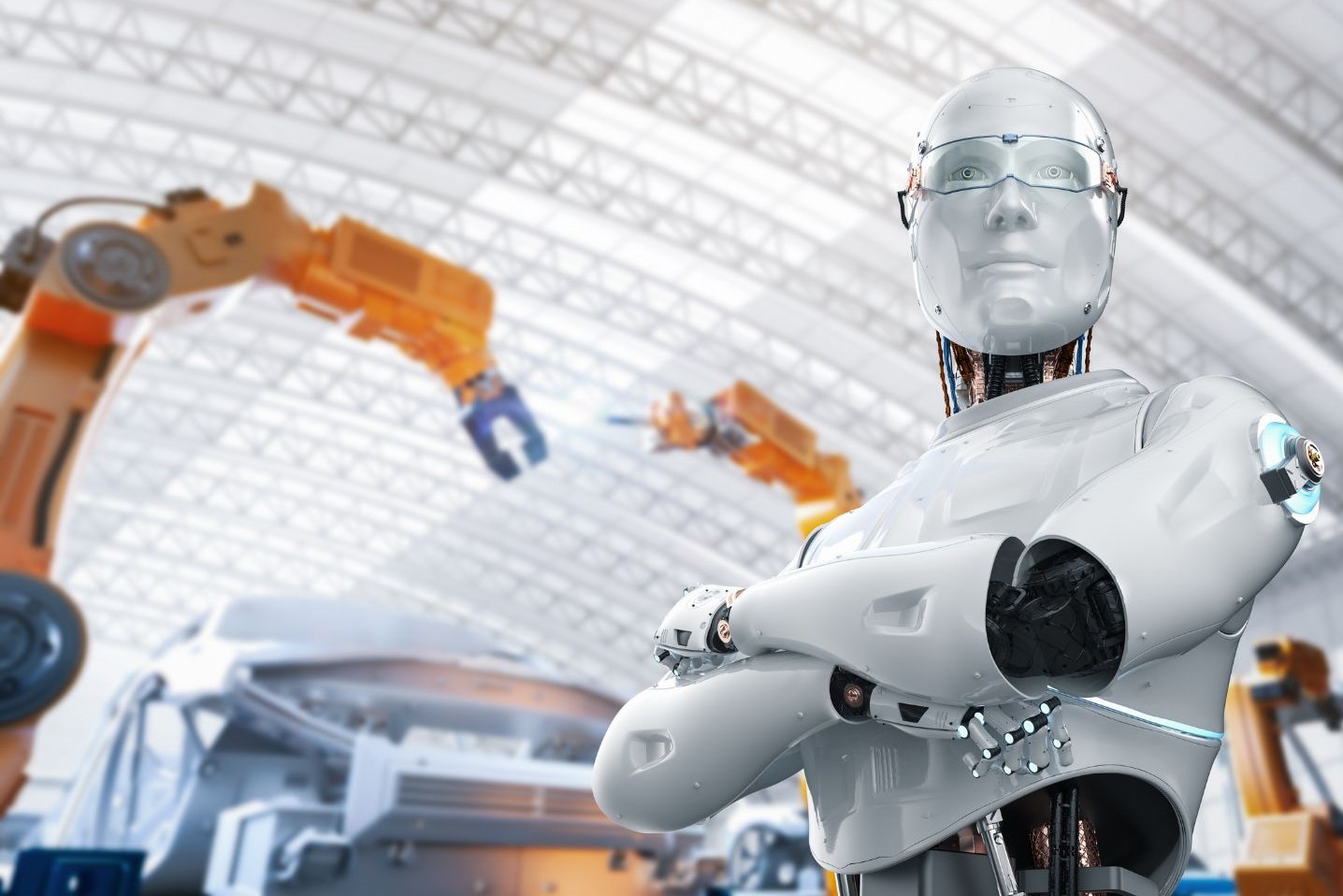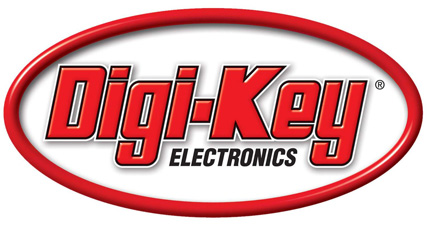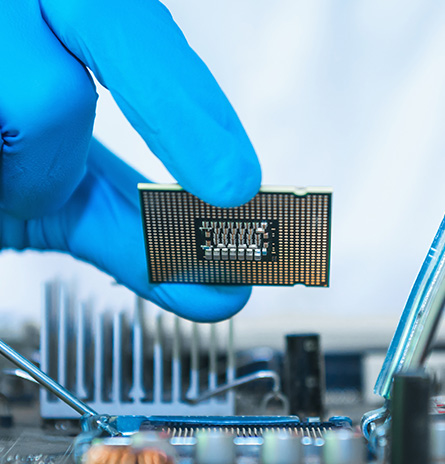Industrial Robot
Using USB with industrial robots can offer various advantages, including simplified connectivity, ease of data transfer and enhanced flexibility in automation systems.

Here are some key points on how USB can be utilized with industrial robots.
Programming and Configuration
-
- Uploading Programs
USB drives can be used to upload robot control programs or configurations. This allows for quick changes and updates without needing direct network access.
-
- Backup and Restore
USB storage devices can store backup copies of robot programs and configurations, facilitating easy restoration in case of errors or system failures.
Data Logging and Monitoring
Industrial robots can log operational data to USB drives for later analysis. This can include performance metrics, error logs and usage statistics. USB interfaces can also be used to connect sensors and monitoring devices to the robot controller, allowing real-time monitoring of conditions such as temperature, vibration and other critical parameters.
Peripheral Device Connection
USB ports on robot controllers can connect to various peripheral devices such as cameras, barcode scanners and other sensors. This expands the robot’s capabilities and enables more complex tasks. USB can also be used to connect HMI devices, such as touchscreens or keyboards, making it easier for operators to interact with and control the robot.
Firmware Updates
USB drivers can facilitate the updating of firmware for robot controllers and components. This is often a straightforward process that ensures the robot is running the latest software with the newest features and security patches.
Enhanced Mobility and Flexibility
USB drives provide a portable solution for transferring data and programs between different robots or workstations, enhancing operational flexibility. USB connections can also reduce the complexity of wiring in automation setups, leading to cleaner and more manageable systems.
Benefits of using USB in Industrial Robots include:
-
- Simplified Connectivity
USB ports enable the connection of a wide variety of peripheral devices, such as sensors, cameras and human-machine interfaces (HMIs). This can extend the robot’s capabilities and enhance its functionality.
-
- Reduced Wiring
USB connections can reduce the amount of wiring needed in an automation setup, lowering installation and maintenance costs.
-
- Isolated Operations
Using USB for data transfer can help maintain an isolated environment, reducing the risk of cyber threats compared to network-based transfers.
Example Applications
-
- Automotive Manufacturing
Industrial robots are extensively used in automotive manufacturing for welding car bodies, assembly of components and painting car parts.
-
- Electronics Manufacturing
Robots handle delicate and tiny electronic components, reducing the risk of damage and improving production efficiency.
-
- Packaging
Robots are used for packaging food products into boxes, bottles or containers. They can handle tasks such as picking, placing and sealing.
FTDI USB technology can significantly decrease the complexity of integrating industrial robots into many different fields or job roles.
The FT602 is a USB-to-FIFO interface to SuperSpeed USB (USB 3.1 Gen 1) USB Video Class (UVC) bridge chip with the following advanced features:
-
- Supports USB 3.1 GEN 1 SuperSpeed (5Gbps) / USB 2.0 High Speed (480Mbps)
- Supports USB Transfer Types: Control / Bulk / Interrupt
- Supports UVC version 1.1
- Supports up to 4 video input channels on the FIFO bus.
- Supports 2 parallel slave FIFO bus protocols, 245 FIFO and Multi-channel FIFO mode, with a data burst rate up to 400MB/s with 32-bit parallel interface.
- Built-in 16kB FIFO data buffer RAM.
- Built-in I2C master interface for video device configuration
- Supports multi voltage I/O: 1.8V, 2.5V and 3.3V.
- Internal LDO 1.0V regulator.
- Integrated power-on-reset circuit.
- User programmable USB and UVC descriptors.
- Industrial operating temperature range: -40 to 85⁰C.
- Available in compact Pb-free QFN-76 RoHS compliant package.
FTDI’s FT602 can be used to integrate a camera peripheral to provide vision for an industrial robot in a manufacturing setting. An FPGA reads data from a camera peripheral device, modifies the data if needed, and sends the data to the FT602, which will communicate with the embedded host. The FT602 can also use I2C to configure the camera peripheral device as well.

Recommended ICs:







